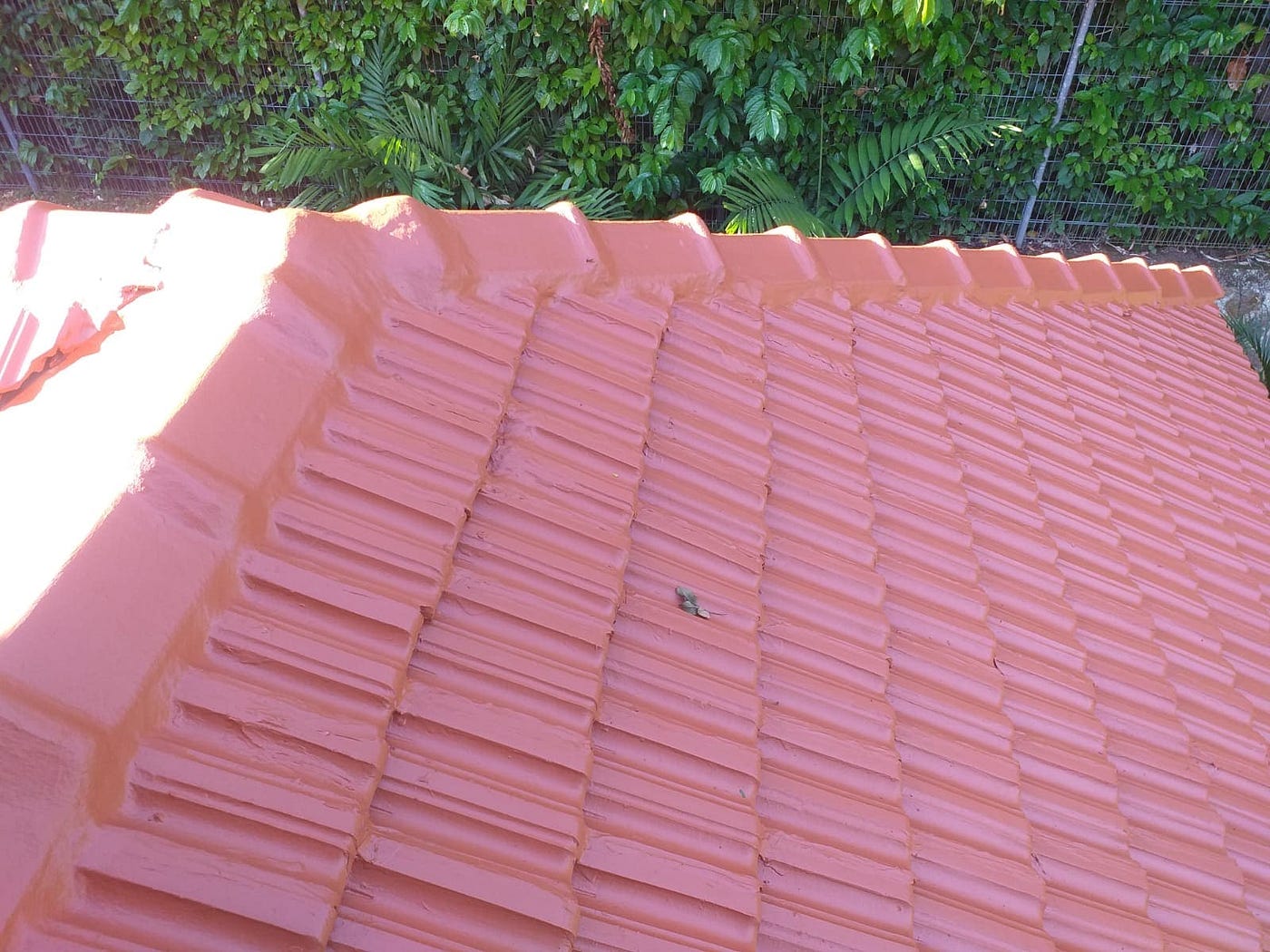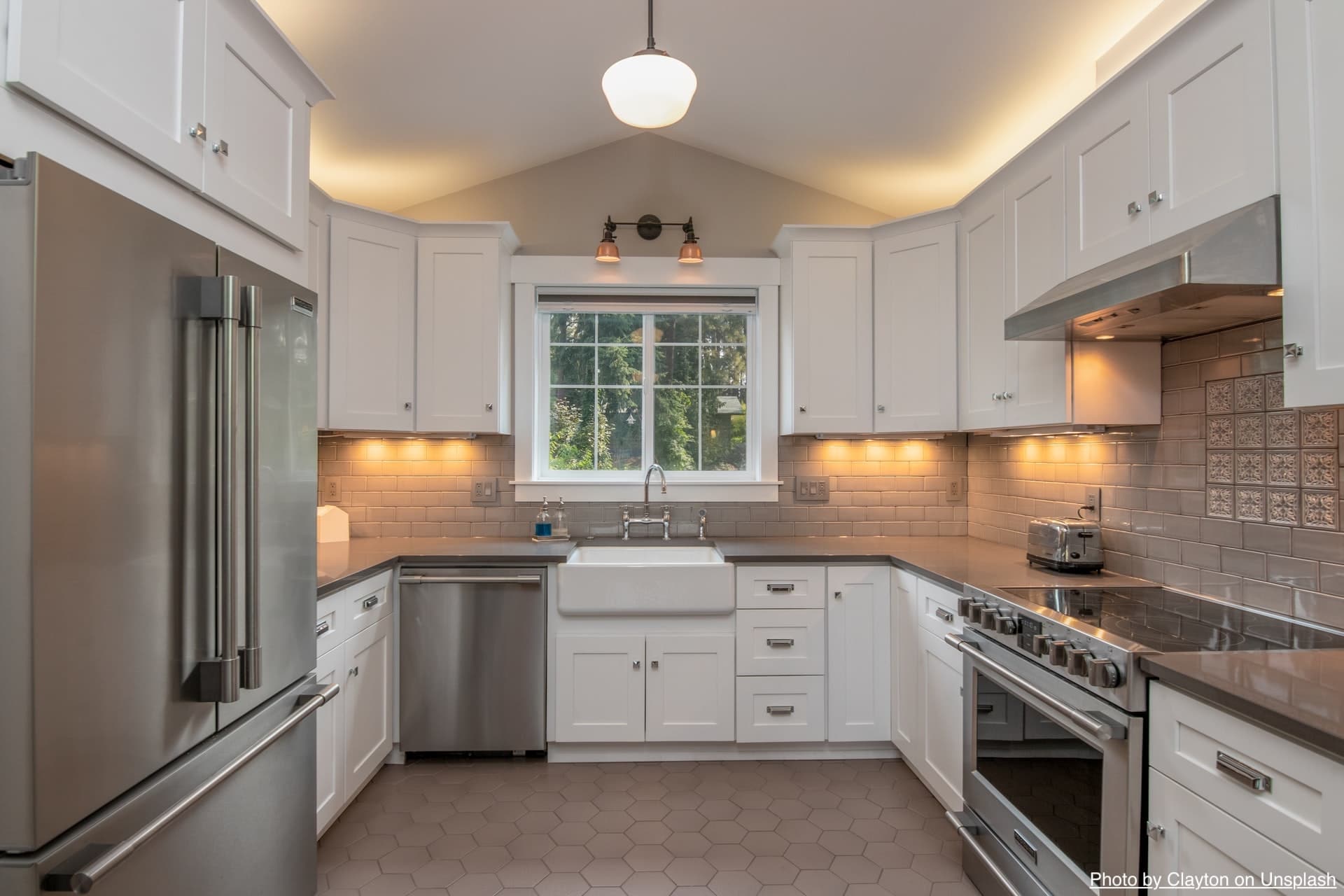Five-Step Checklist Before Sealcoating Your Asphalt Driveway

In any type of investment that we try to put our money into, we would always want to make sure that that investment is secured and protected. And your home is an investment, and so is your driveway. Homeowners put a lot of money on installing a seamless driveway that will stand out among other houses in the neighborhood. And with that sum of investment, it is only rightful that you, as a homeowner, take the necessary steps to protect that investment and make it last.
However, to do that, it isn’t enough to do regular cleaning sessions. What must be done is to follow regular maintenance starting from the beginning.
Now, you might feel not spending more on your asphalt after just shelling out a thousand bucks on your blacktop, however, you might just be getting yourself into more trouble if you don’t. This is because not sealcoating your driveway puts it at a greater risk of deterioration from natural elements such as oxidation, rain, and snow, and man-made factors such as putting in excessive weight and pressure on the asphalt or accidentally scraping the surface off while removing snow during winter. For whatever reason, remember that it is noteworthy to spend some time and just a little more money into getting your driveway protected with the right amount of protection because trust us, it will pay off in the long run.
But before you set off to that sealcoating job, make sure that you adhere to this five-step checklist that you must do to make sure you’re optimizing the use of that driveway.
Table of Contents
Assess the damaged areas
Before calling your contractor in or doing the sealcoating as a DIY project, inspect the whole pavement first and take note of problem areas such as soft spots, crumbling edges, cracks, depressions, potholes, and oil stains. Make sure you don’t miss anything because it’s important to get these areas fixed first before sealing the whole thing off.
Remove the dirt and stains.
Before doing anything, remove loose debris and scrub off oil and grease stains off the surface. You can use a stiff-bristle brush and soapy water to do this but you can opt to use a degreaser to wash away hard-to-remove stains.
Fill in the cracks
Now that you have identified the key areas in need of quick repairs, it’s time to fill in the cracks to ensure that all areas that can serve as an entryway for water are closed. This is because water that has seeped through the cracks can undermine the material underneath and if it gets worse, it can possibly affect the structural base at the bottom and that will set you back for more repairs.
Fix the potholes
Essentially, if your driveway has only been 6 months old or a little less than a year then you shouldn’t be dealing with major potholes right away otherwise, your paving contractor must have done a lousy job at installing your blacktop. If that’s the case, it is best to seek help from a more credible paving expert. So if you’re looking for a driveway repair in New Britain in Connecticut, there are a handful of paving companies that are cut for the job that you can check out, just make sure to vet each one before signing the contract.
Nonetheless, if you’re looking to fix it by yourself, you can use a ready-to-use asphalt or blacktop patch that you can purchase in stores. But first, securely clean the area and remove all debris and loose pieces of asphalt before continuing. If you prefer to use the ready-to-use asphalt in a bag, make sure to cover all areas with about 2 inches deep across the hole. Add in the blacktop patch if necessary. Afterward, compact the area completely and check if it’s leveled with the original surface. Allow it to dry for 24 hours before sealing.
Check the weather.
One of the common mistakes of homeowners is not allowing enough time for the asphalt to cure. Before proceeding with sealcoating the pavement, the asphalt needs a curing time of at least 30 days but you don’t need to apply sealcoating right away. For best practices, allow a good 2-3 years before adding that extra layer of protection. This is so you can be certain that the asphalt has fully settled and the material is completely compacted.
Now that that’s set, you then need to be up-to-date for weather checks. Plan when you can begin the sealcoating project, schedule it well, and make sure the weather is above 50 degrees Fahrenheit or else the sealer will dry too fast if it’s too hot or it will go down the drain if it’s rainy. Project at least 3 days of favorably good weather for best results.





